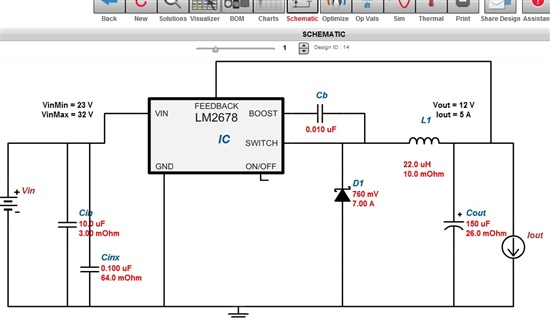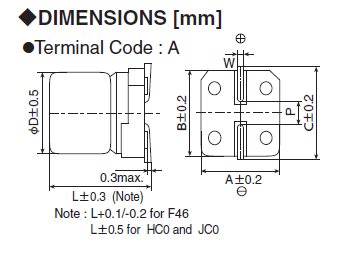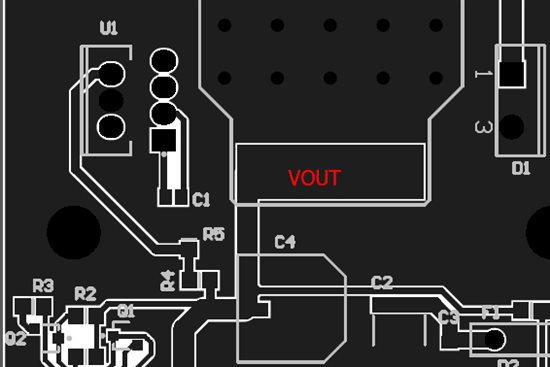Dear TI,
We are trying to desing a switching circuit with the LM2678-12 IC with these caracteristics:
Input Voltage: 20V-32V
Output Voltage: 12V
Output Current: 5A.
The Webench designer, says that i have to use these circuit:
The components usead were those recomended by webench designer.
Making reference to the desing of the circuit, the power diode and the Cb are close to the IC.
The problem is that we put the load @ 4A (3 Ohm aprox) the Output voltage fallsout of range to 10V or 11V.
Measuring with the OSC the inductor signal with a low resistance load, we saw that was a ringing that probably affects the circuit stabilization, so we put a little capacitor (47nF) in parallell with the power diode, the problem was solved but the capacitor starts to heat too much (because of the low ESR).
One thing that we notice is that the recomended power diode (http://www.vishay.com/docs/94249/6cwq06fn.pdf) consists of 2 legs (3,5A each one) and when we put the to legs to ground the circuit falls to 10V when the load is 3A. So we tried connecting only one leg (to reduce the junction capacitance) and it works well untill it reaches 4A.
Other thing is that the tables of the Application note of the LM2678-12 IC, says in the Figure 23 that for an input of 25V and 5A of output we need an inductor L49 of 33uHy, and its different to the webench recomendation (22uHy see circuit).
With all these problems we dont know why the circuit doasnt work, any information to solve these problems is grateful.
Thanks.




